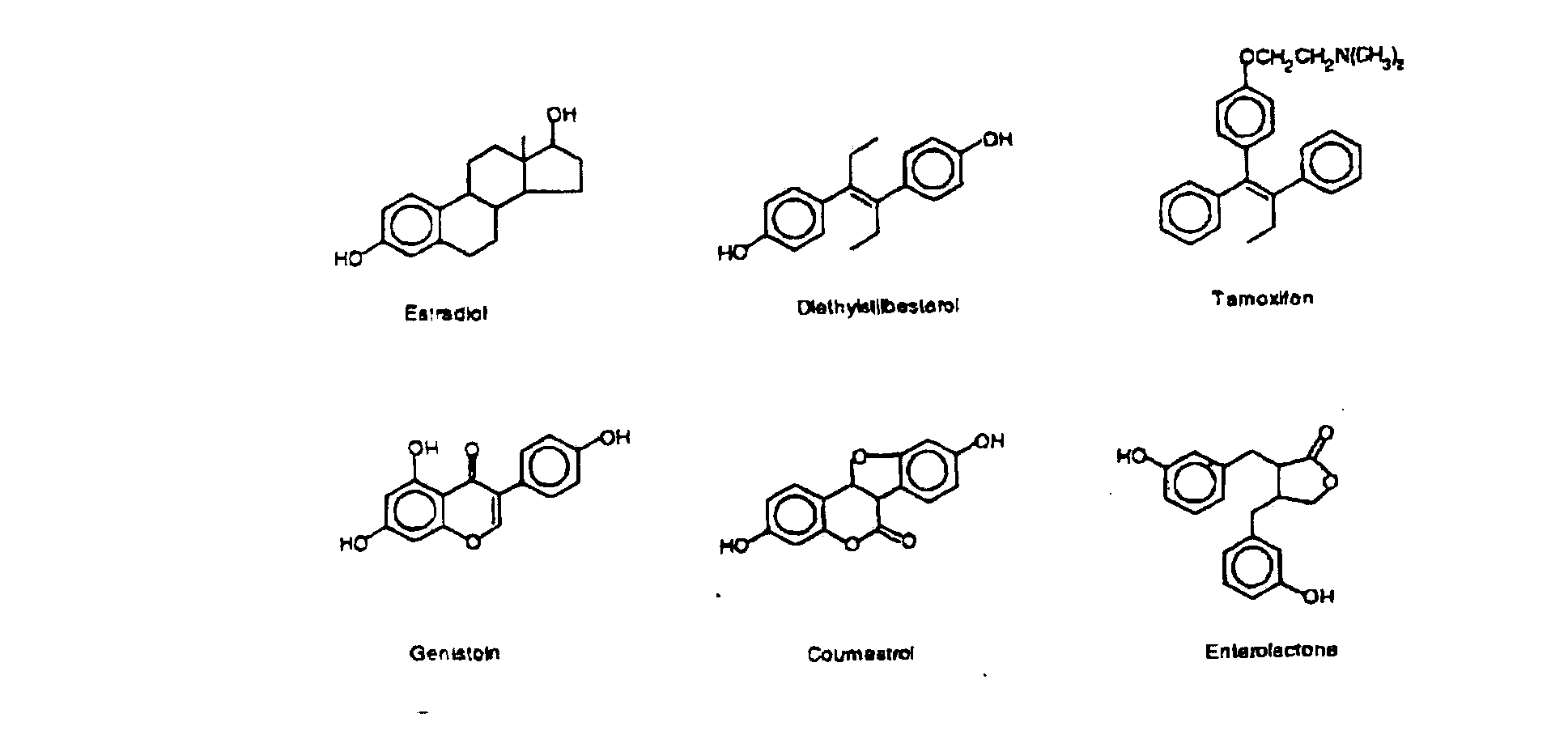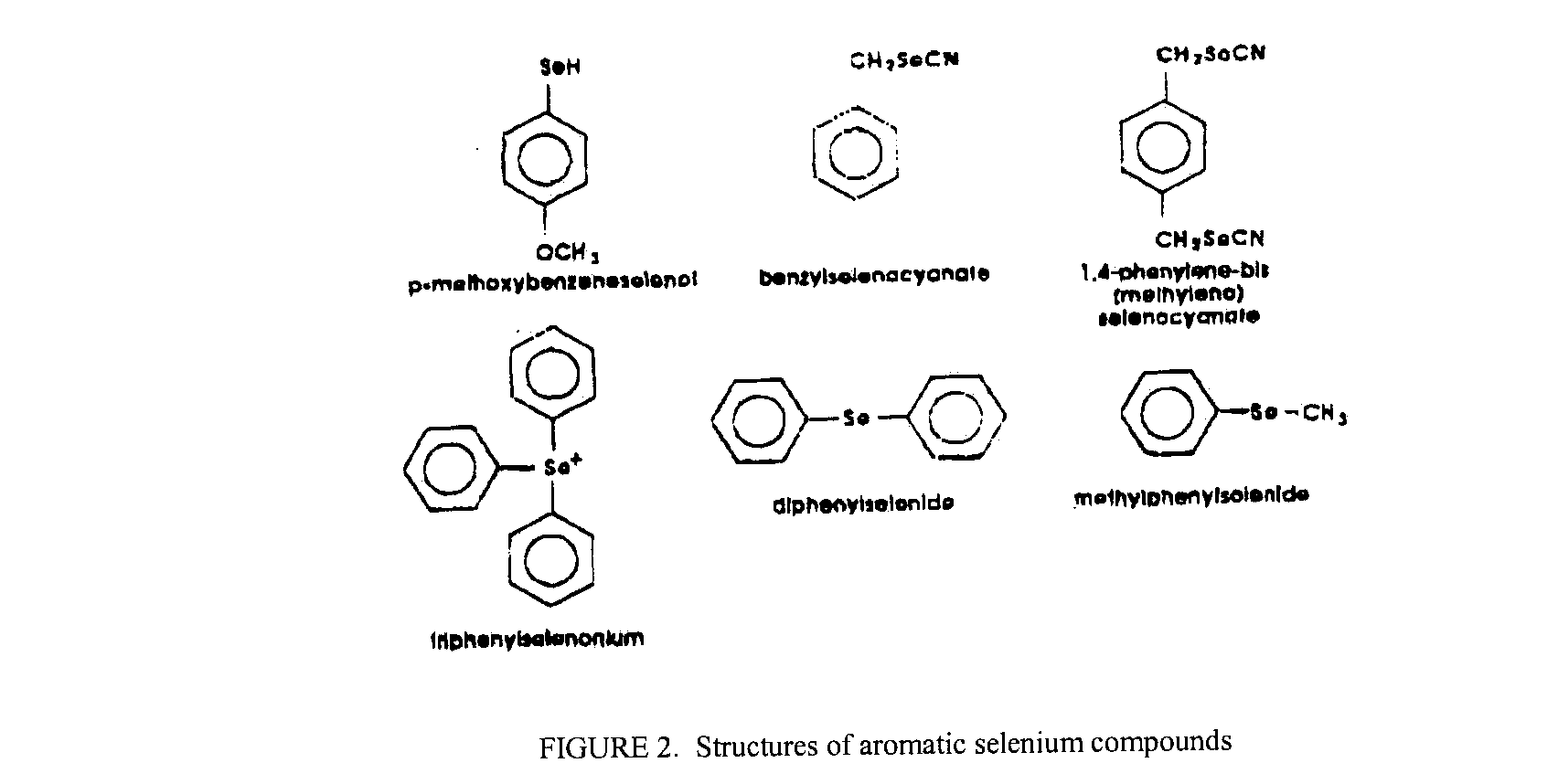Composition containing Vitamin D and phytoestrogens
a technology of phytoestrogens and vitamin d, which is applied in the field of vitamin d and phytoestrogens, can solve the problems of reducing the dosage of each component, and increasing the risk of ovarian cancer in some women, so as to prevent the development of ovarian cancer, reduce the risk of ovarian cancer, and reduce side effects
- Summary
- Abstract
- Description
- Claims
- Application Information
AI Technical Summary
Benefits of technology
Problems solved by technology
Method used
Image
Examples
example 1
Effect of Estrogen and Progestin In Vivo on Monkey Ovaries
[0207] Young female adult cynomolgus monkeys were fed a diet for three years that contained either no hormones, the oral combination contraceptive “Triphasil,” the estrogenic component of “Triphasil” (ethinyl estradiol) alone, or the progestin component of “Triphasil” (levonorgestrel) alone, each administered in the same pattern that occurs in a “Triphasil” regimen. Doses were scaled on the basis of caloric intake, which is the accepted way to achieve human-equivalent doses. The human-equivalent doses were thus: six days of 0.030 mg ethinyl estradiol+0.050 mg levonorgestrel, followed by 5 days of 0.040 mg ethinyl estradiol+0.075 mg levonorgestrel, followed by 10 days of 0.030 mg ethinyl estradiol+0.125 mg levonorgestrel, followed by 7 days of no treatment. This cyclic regimen was repeated every 28 days continuously for 2 years.
[0208] At the completion of the two years of the study, the animals were sacrificed, and their ova...
example 2
Effect of Progestin In Vitro on Human Ovarian Tissue
[0224] According to this example, levonorgestrel was found to induce apoptosis in immortalized human ovarian epithelial cells. Specifically, a spontaneously immortalized cell line, M-100, derived from a normal human ovarian epithelial cell culture was plated in 24 well plates at a concentration of 100,000 cells per well. After 24 hours, the wells were treated with either levonorgestrel (20 ng / ml) or control medium, and allowed to incubate for 96 hours. All experiments were performed in triplicate. After 96 hours, cell lysates were extracted from each of the wells, normalized for cell number, and analyzed for DNA-histone complexes indicative of apoptosis using a cell death ELISA (Boehringer Mannheim). A statistically significant (100%) increase in apoptosis was measured in M-100 cells treated with levonorgestrel as compared to controls (P<0.05).
[0225] In addition, M-100 cells were grown to confluence in 60 millimeter dishes and th...
example 3
Apoptosis in Domestic Fowl
[0226] According to this example, levonorgestrel was found to induce apoptosis in the ovarian epithelium of domestic fowl. Domestic fowl is the one animal species with a high incidence of spontaneous ovarian carcinoma. Specifically, ovarian epithelial cells from domestic hens were cultured using the scrape method according to the method of Arends et al., Int. Rev. Exp. Pathol 32:223-254 (1991). The avian ovarian epithelial cell cultures were treated with levonorgestrel (100 uM) for 96 hours. DNA was extracted using the method described in example 2 and subjected to electrophoresis. A DNA ladder indicative of apoptosis was observed in avian ovarian epithelial cells treated with progestin, with no effect observed in the control cells.
PUM
 Login to View More
Login to View More Abstract
Description
Claims
Application Information
 Login to View More
Login to View More - R&D
- Intellectual Property
- Life Sciences
- Materials
- Tech Scout
- Unparalleled Data Quality
- Higher Quality Content
- 60% Fewer Hallucinations
Browse by: Latest US Patents, China's latest patents, Technical Efficacy Thesaurus, Application Domain, Technology Topic, Popular Technical Reports.
© 2025 PatSnap. All rights reserved.Legal|Privacy policy|Modern Slavery Act Transparency Statement|Sitemap|About US| Contact US: help@patsnap.com


